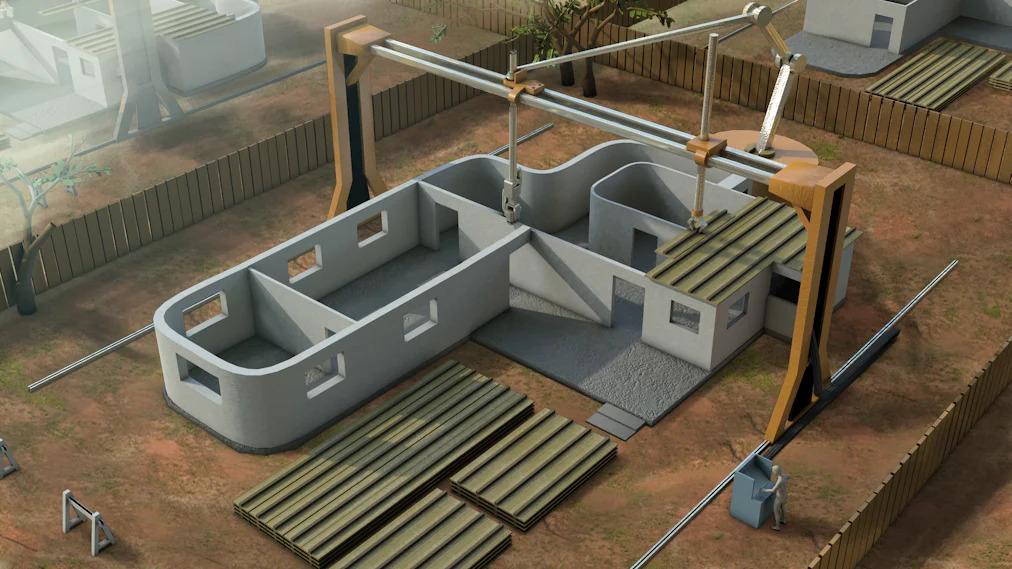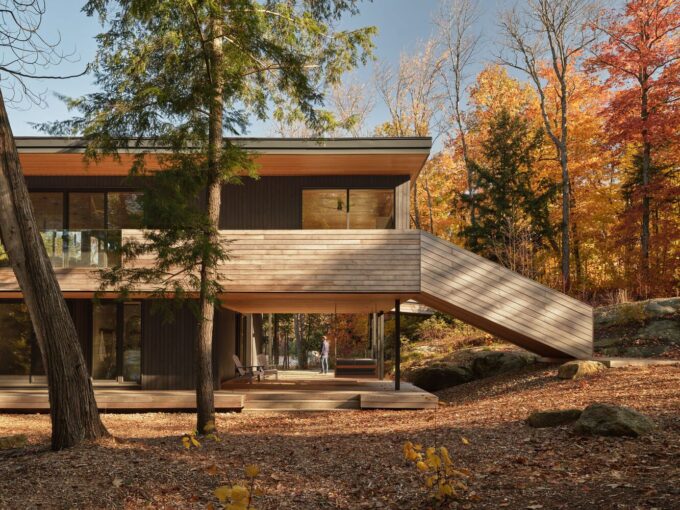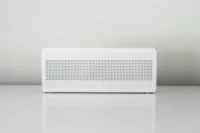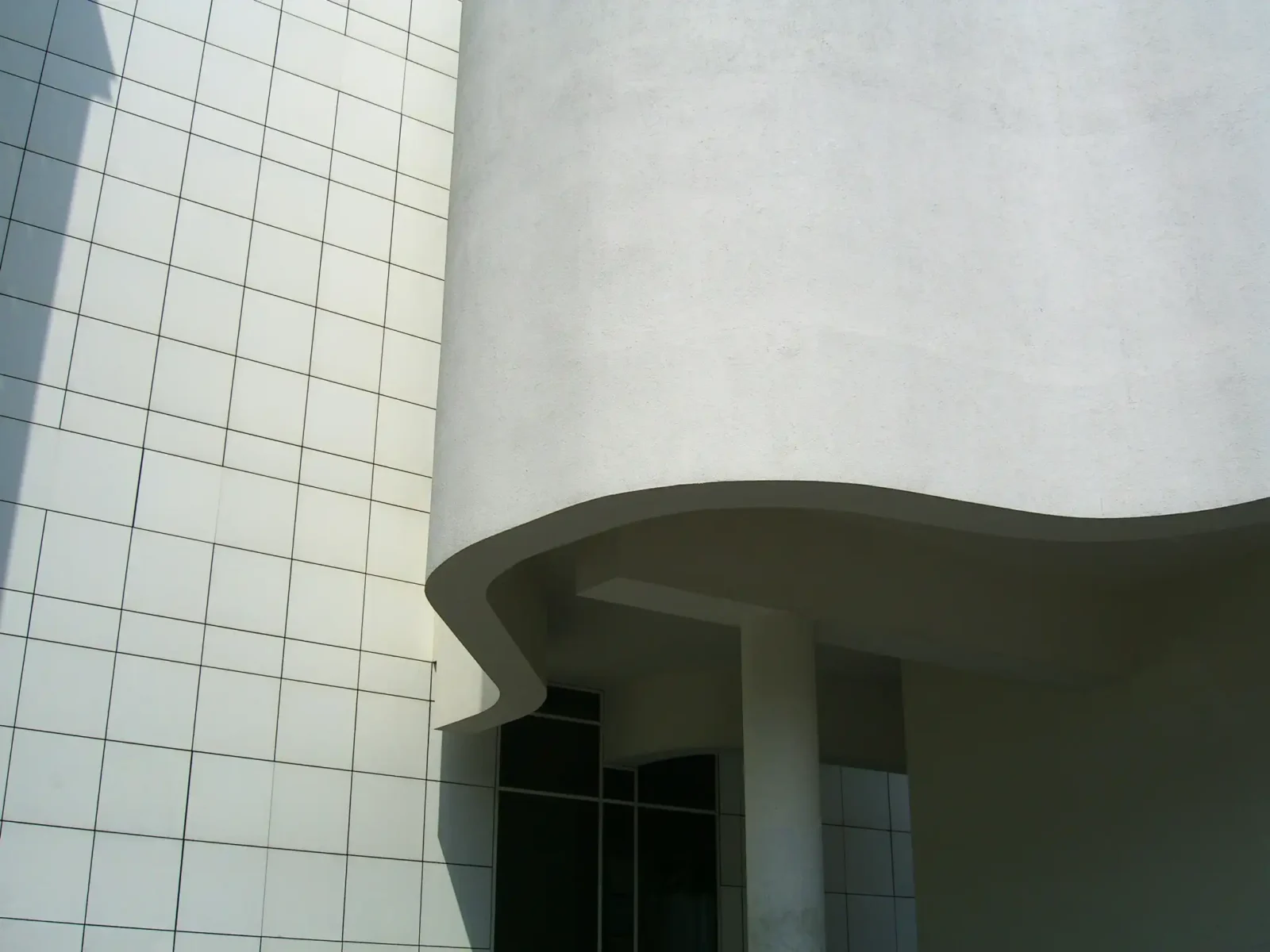- Home
- Articles
- Architectural Portfolio
- Architectral Presentation
- Inspirational Stories
- Architecture News
- Visualization
- BIM Industry
- Facade Design
- Parametric Design
- Career
- Landscape Architecture
- Construction
- Artificial Intelligence
- Sketching
- Design Softwares
- Diagrams
- Writing
- Architectural Tips
- Sustainability
- Courses
- Concept
- Technology
- History & Heritage
- Future of Architecture
- Guides & How-To
- Art & Culture
- Projects
- Interior Design
- Competitions
- Jobs
- Store
- Tools
- More
- Home
- Articles
- Architectural Portfolio
- Architectral Presentation
- Inspirational Stories
- Architecture News
- Visualization
- BIM Industry
- Facade Design
- Parametric Design
- Career
- Landscape Architecture
- Construction
- Artificial Intelligence
- Sketching
- Design Softwares
- Diagrams
- Writing
- Architectural Tips
- Sustainability
- Courses
- Concept
- Technology
- History & Heritage
- Future of Architecture
- Guides & How-To
- Art & Culture
- Projects
- Interior Design
- Competitions
- Jobs
- Store
- Tools
- More
Architectural Tech Trends: Enhancing Efficiency and Sustainability

Architecture stands at an exhilarating nexus of tradition and innovation. While foundational principles persist, the integration of avant-garde technologies is driving a revolution in how buildings are conceptualized, designed, and constructed. Beyond the omnipresent BIM, VR, and AI, let’s delve into some of the more unique tech trends influencing today’s architectural scene.
Table of Contents
Toggle1. 3D Printed Buildings
3D printing has leaped out of prototyping labs and onto construction sites. These printers, using a mixture of cement and other materials, layer by layer, can construct buildings. The potential for rapid construction, reduced waste, and novel design forms has made 3D printing an intriguing solution, especially for affordable housing projects or disaster relief scenarios.

2. Responsive Architecture
Imagine walls that change opacity based on the sun’s position or floors that adjust their firmness based on user preference. Using a blend of sensors, actuators, and microcontrollers, responsive architecture makes spaces more adaptable, intuitive, and energy-efficient.
3. Kinetic Facades
Building facades have traditionally been static, but no longer. Kinetic facades move and adapt in response to external stimuli like sunlight and wind. This not only creates a mesmerizing visual effect but also improves energy efficiency and internal comfort.
4. Embedded Building Sensors
The future is about intelligent buildings that can predict and respond to the needs of their occupants. Sensors embedded within structures can detect various parameters like temperature, moisture, and structural integrity. This data can be used for predictive maintenance, energy conservation, or even adapting ambient conditions for the comfort of occupants.
To optimize a building’s performance, architects and engineers are embedding sensors that monitor structural health, energy usage, and indoor conditions. This real-time feedback allows for immediate adjustments, ensuring that buildings operate at their peak efficiency.
5. Mycelium Materials
Sustainability is the call of our age. Mycelium, the root system of fungi, is being explored as a building material. When nurtured under controlled conditions, it forms solid and sturdy blocks that can be used in construction. Not only is it organic and compostable, but it also offers sound insulation and fire resistance.
Turning to nature for solutions, architects are experimenting with materials like mycelium, bamboo, and hempcrete. These materials not only reduce the carbon footprint of building construction but also often offer superior insulation and air quality benefits, enhancing energy efficiency.

6. Swarm Robotics in Construction
Inspired by the collaborative behavior of ants or bees, swarm robotics focuses on using multiple robots that collaborate to perform tasks. In construction, these robot ‘swarms’ can simultaneously work on different parts of a project, optimizing efficiency and accuracy.
Also, automation systems can adjust heating, cooling, lighting, and ventilation in real-time, based on occupancy and environmental conditions. Such systems reduce energy waste by ensuring optimal conditions only when required. For instance, smart thermostats can learn inhabitants’ patterns and adjust temperatures for efficiency.
7. Aerogel Insulation
Known as ‘frozen smoke,’ aerogels are among the lightest solid materials. Their incredible thermal insulating properties, combined with their feather-light weight, make them an attractive option for innovative insulation solutions in modern architecture.
In conclusion, the architectural realm is in a constant state of flux, driven by technological advancements. These unique trends represent just a snapshot of the innovations on the horizon, heralding a future where buildings are not just static entities but responsive, efficient, and ever-adapting marvels.
Also, harnessing solar energy is no longer about bolting panels onto rooftops. Architects are integrating photovoltaic cells into facades, windows, and even tiles. These integrated designs ensure buildings generate their own power, reducing the strain on grids and minimizing carbon footprints.
The architectural sphere is under increasing pressure to address global challenges like climate change, resource depletion, and urbanization. At the forefront of solutions to these challenges is the integration of technology to enhance both energy efficiency and sustainability. Here, we spotlight technologies and practices that are reshaping the architectural realm, aiming to create a more harmonious and sustainable built environment.
In conclusion, architectural practices, fueled by technology, are metamorphosing in response to global sustainability challenges. By synergizing technology and design, the future of architecture promises not only aesthetic marvels but also structures that coexist harmoniously with nature and utilize resources judiciously. The journey towards this harmonious coexistence, with technology as the catalyst, is a testament to architecture’s enduring adaptability and innovation.

Submit your architectural projects
Follow these steps for submission your project. Submission FormLatest Posts
The Ultimate Guide to Fencing in North Dakota: Choosing the Best Fence for Your Property
Watching a chain link fence twist in 70 mph winds near Minot...
Gaudí: Where Architecture Meets Science
Gaudí: Where Architecture Meets Science shows catenary arches, ruled surfaces, and biomimicry...
How Housing Market Forces Shape Architectural Design Today
Architecture never exists in isolation. Buildings rise from a mix of ambition,...
Why Portable Formaldehyde Gas Detectors Matter on Construction Sites
As construction practices shift toward more enclosed and material-intensive environments, the risk...












Leave a comment